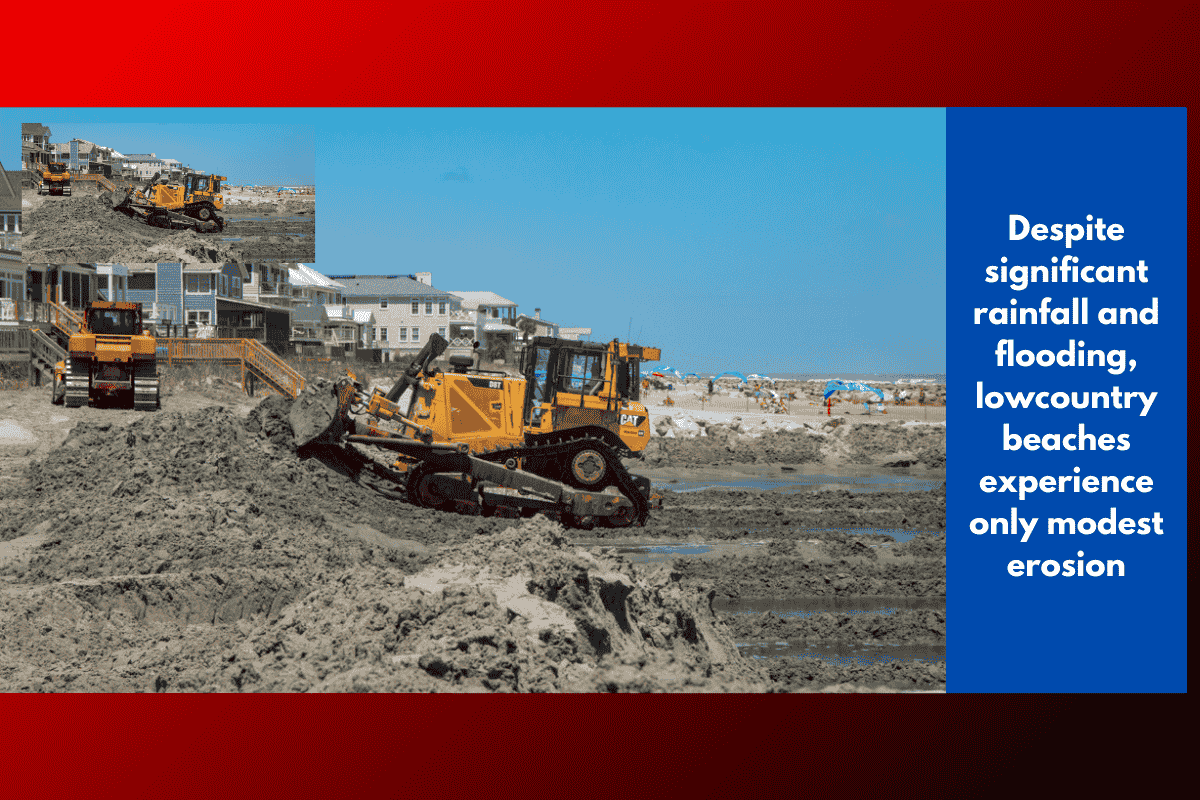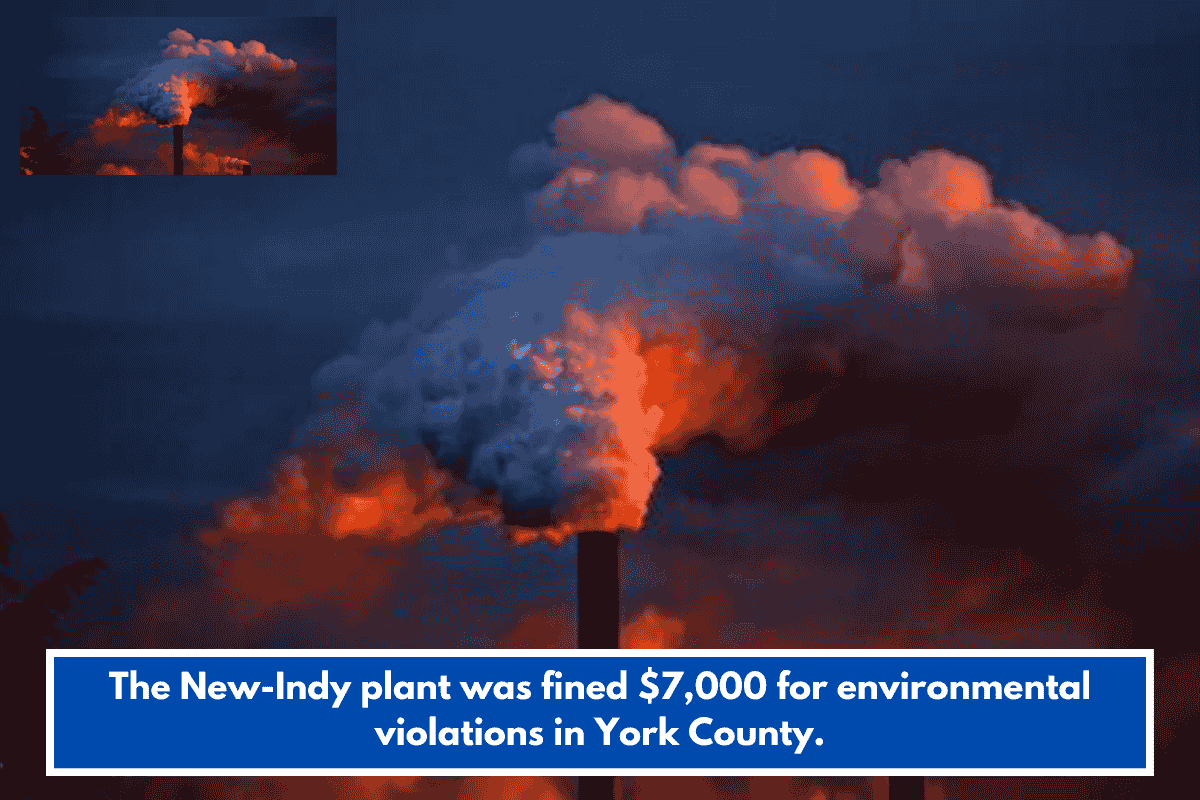Despite flooding rains across the Lowcountry this past weekend, local beaches held up better than many expected. According to officials, Folly Beach, Sullivan’s Island, and Isle of Palms saw only minor erosion, even after significant rainfall and storm-driven tides.
Natural Erosion Cycles
The U.S. Army Corps of Engineers (USACE) Charleston District explained that erosion is a normal process for South Carolina barrier islands.
Wes Wilson, project manager for USACE, said:
“Erosion and accretion are really a natural part of life on South Carolina islands. Smaller summer waves accrete and push the sand up, while high-energy winter waves pull the sand away. Major hurricanes can disrupt that cycle.”
Isle of Palms Faces Challenges
While the island avoided major damage, residents and visitors noticed lingering impacts:
Flooded boardwalks from weekend rains
Sand covering beach access stairs
Areas where homes sit on ledges of sand, suggesting dunes have been chipped away by higher tides
The Town of Isle of Palms is already preparing for future storms with its own beach renourishment project, aimed at restoring dunes and reinforcing erosion control.
Folly Beach Benefits from Recent Renourishment
Folly Beach recently completed a renourishment project with USACE, and the investment appears to have paid off.
Wilson noted,
“Basically Folly Beach saw some minor erosion. That’s really nothing compared to past hurricanes. Our recent renourishment did well — the beach did its job. We’d much rather see sand lost to a storm than infrastructure.”
USACE surveys the shoreline annually, with renourishment cycles every 5 to 8 years to help preserve the beach.
Looking Ahead
While this storm was relatively mild in terms of coastal impact, officials stress that future hurricanes and winter storms could bring more significant changes. For now, the Lowcountry’s beaches have proven resilient, but ongoing renourishment and dune restoration projects will remain key to protecting both natural and developed areas.









